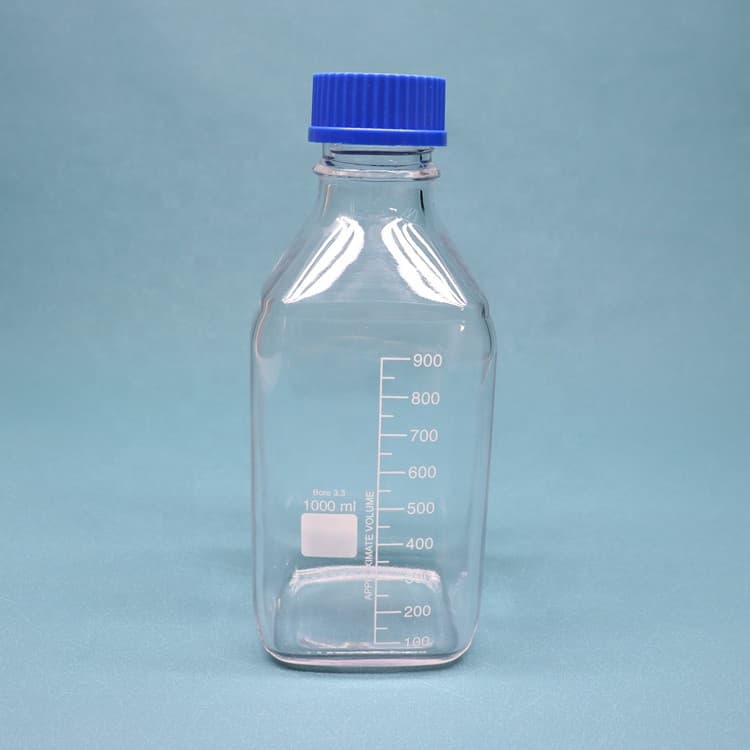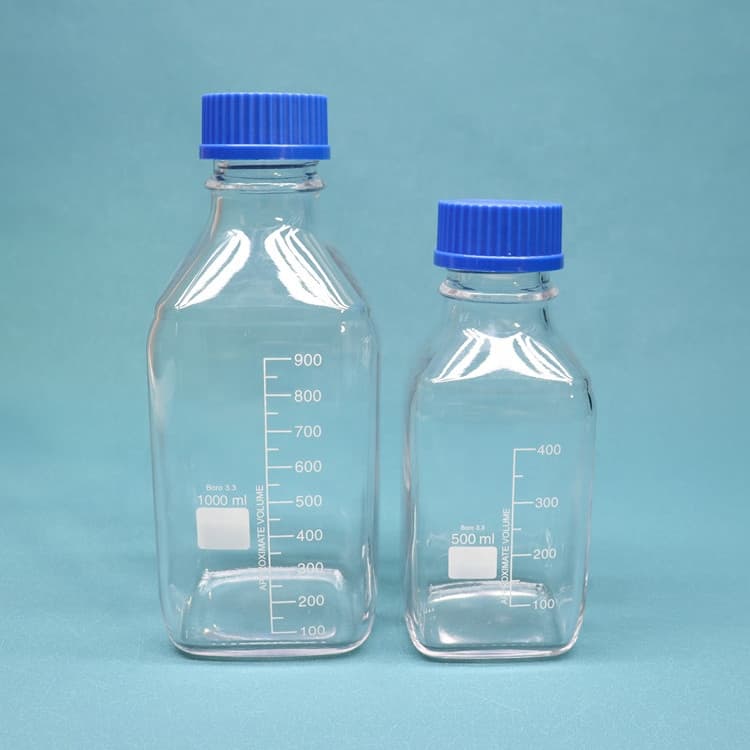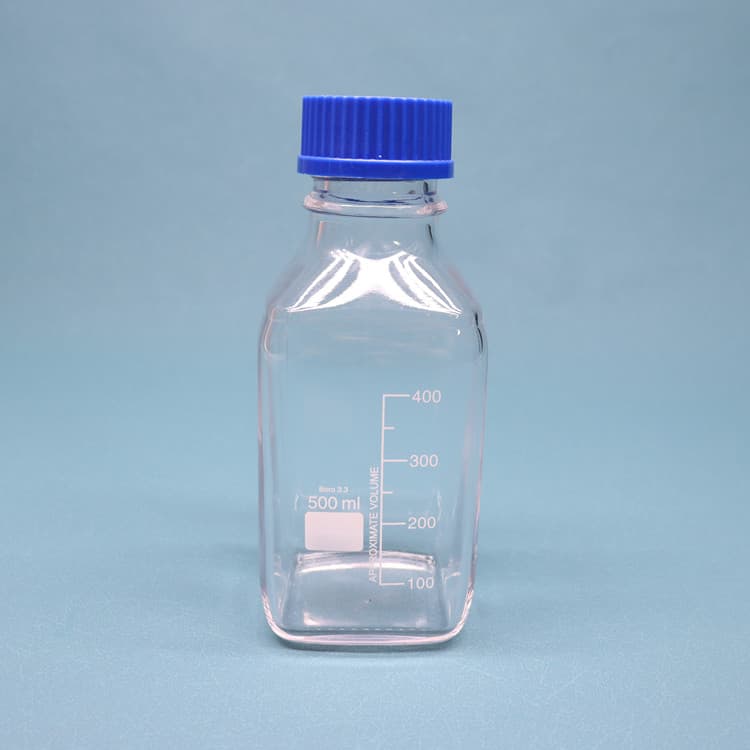



The main goal of this review is to provide a brief overview of chiral separations to researchers who are versed in the area of analytical separations but unfamiliar with chiral separations. To researchers who are not familiar with this area, there is currently a bewildering array of commercially available chiral columns, chiral derivatizing reagents, and chiral selectors for approaches that
Let’s look more closely at the stationary phase. Since the column is where the separation happens, a lot of effort has been made to optimize the performance of the column. This has resulted in a wide variety of packing materials being available. Originally, liquid chromatography was performed using silica or alumina as the stationary phase.
Technical Literature Library. Find the information you need in our library of application notes, technical articles, and more.
Phenomenex maintains a dedicated chiral separation services laboratory which can assist you in developing or improving your chiral separation. Please call on us for help. We can assist you in column selection, method development, scale up or any other aspect of chiral chromatography. Phenomenex is the leader in advanced chiral separations.
May 12, 2020 · Pirkle Phases: Fully synthetic phases bases on functionalised amino acids, they provide chiral recognition by offering 3 points of interaction. Materials are generally bonded, so robustness is good. This type of phase generally exhibits low hit rates but offer good selectivity when they work. Cyclodextrin Based Phases: Fully synthetic bonded
The chiral separation of drug molecules and of their precursors, in the case of the synthesis of enantiomerically pure drugs, is one of the important application areas of HPLC in pharmaceutical analysis. Besides HPLC, capillary electrophoresis is another technique of choice for chiral separations. In this chapter we give an overview of the
Jul 17, 2014 · The separation of chiral molecules is a fundamental and industrially relevant challenge. Here, the authors report a chiral metal-organic framework that functions as a solid-state host capable of
Apr 21, 2020 · Enantiomeric separation is a key step in the development of a new chiral drug. Preparative liquid chromatography (LC) continues to be the technique of choice either during the drug discovery
Jan 13, 2021 · Separation of racemic mixtures is of great importance and interest in chemistry and pharmacology. Porous materials including metal-organic frameworks (MOFs) have been widely explored as chiral stationary phases (CSPs) in chiral resolution. However, it remains a challenge to develop new CSPs for reve
May 10, 2021 · For the analytical chiral SFC method development, typically a set of chiral columns is screened in gradient mode to identify suitable separation conditions. Most often carbohydrate type CSPs are used for the preparative separation of pharmaceutical intermediates or APIs due to their broad selectivity and high loading capacity [7].
Step 1 – Stationary Phase. Choosing a stationary phase is the most important step in selecting a column. A stationary phase is the film coated on the inner wall of a capillary column, and should be selected based on the application to be performed. The differences in the chemical and physical properties of injected organic compounds and their
enable chiral separation. The principle task of chiral separation is to create the selectivity essential for separation of stereoselec-tively different forms of compounds, which may be recognized as such only during the interaction with a chiral selector. This is the separation principle for chromatographic techniques and also for chiral CE.
Use Separation Factor (α) to Choose the Best Stationary Phase Choosing the right stationary phase is the first step toward optimizing your GC separation. It is the most important decision you will make because the separation factor (α) has the greatest impact on resolution and it is strongly affected by stationary phase polarity and selectivity.
Apr 1, 2023 · This column has chiral recognition ability and can separate three basic drugs. 1,1′-bi-2-naphthol (BINOL), the guest molecule for assessing the separation ability, was used as the SP of the OT column [43], being able to separate chiral alcohols, amines, ketones, etc. This suggests that some analytes with chiral recognition properties, such as
Chiral applications CP-Chirasil Val, CP-Chirasil-DEX CB Chemical applications CP-Volamine, CP-Select CB for MTBE, CP-PONA C8, CP-Propox, Select Silanes, CP-SimDist UltiMetalTM, CP-LowoxTM Food and Beverage applications CB-Carbowax 400, Select FAME, CP-Sil 88 for FAME, CP-FFAP CB Page 7